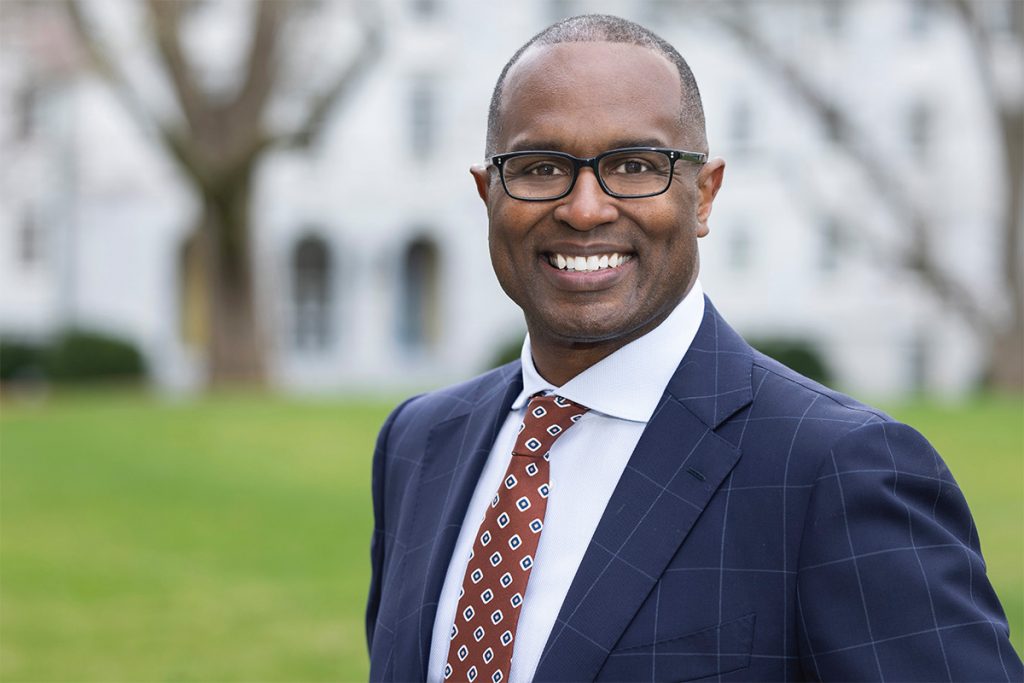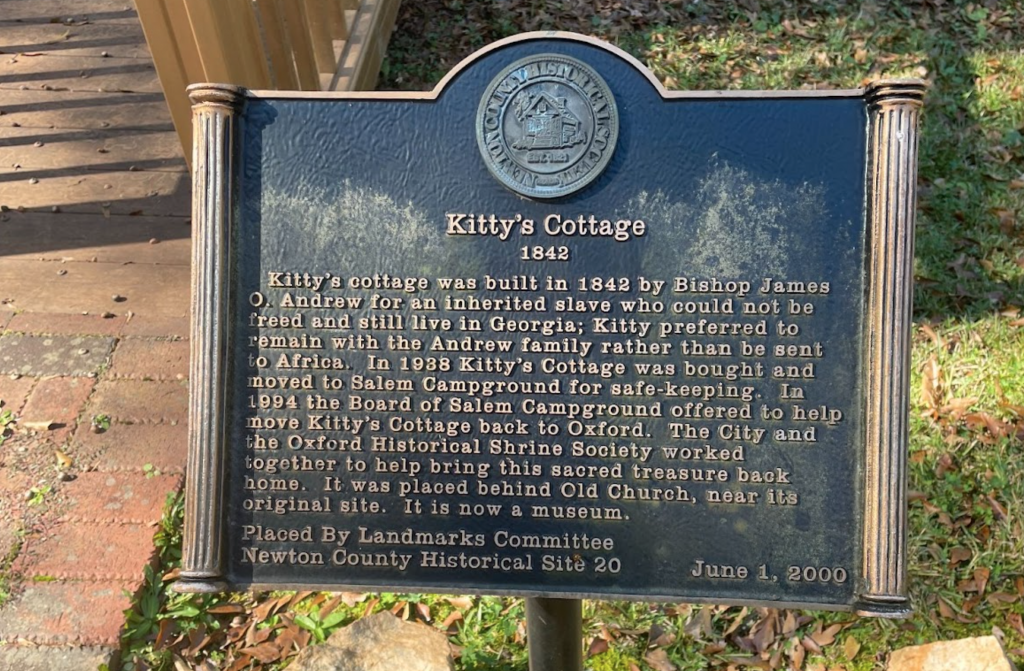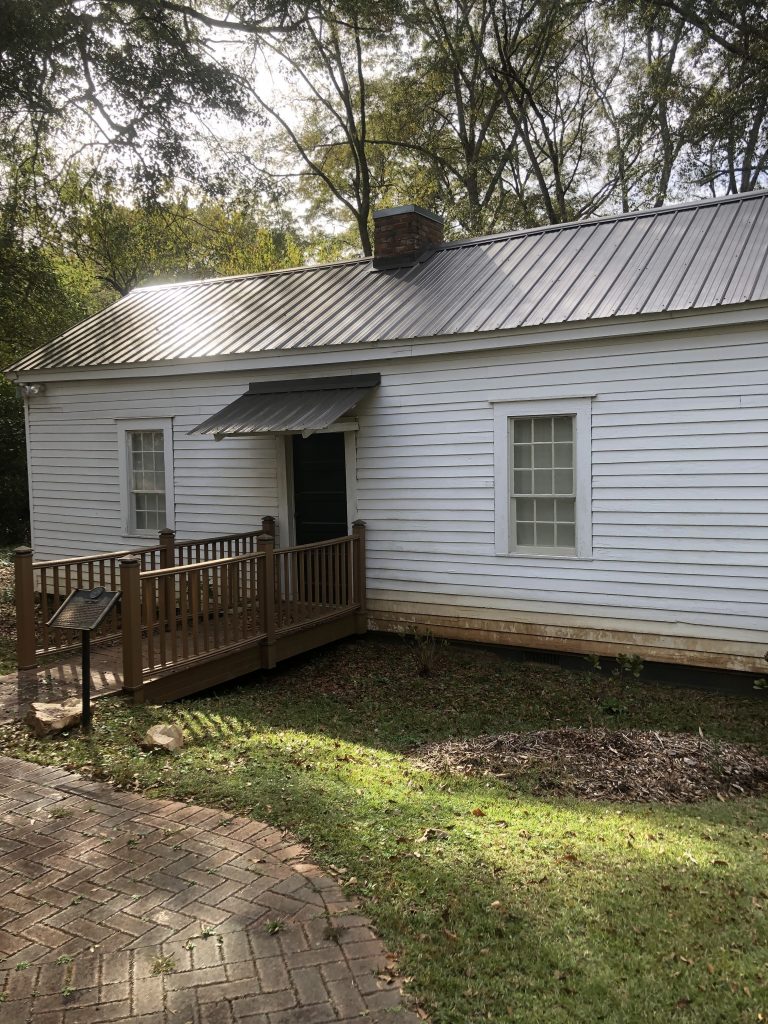Posted on 09 June 2022.
The Undergraduate Student Government voted 7-5 to finalize the 2022-2023 budget, reallocating green engagement and accessibility fund dollars to the Legislative Fund Tuesday night. More than 20 students, including leadership from the Environmental Student Assembly and the SC Garden Club, attended the virtual meeting to oppose the reallocation and demonstrate support for the GEF.
Chief financial officer Brian Stowe and vice president Nivea Krishnan said the reallocation would further USG’s vision of equity and accessibility by streamlining and standardizing the funding process. However, ESA, SC Garden Club and other stakeholders argued reallocating the GEF would undermine sustainability initiatives at the University.
At last Tuesday’s senate meeting, USG approved a bylaw amendment that cut the GEF from the funding department. Approval of the budget finalized the reallocation of GEF dollars to the Legislative Fund, which is available for senators, USG legislative committees and liasons to use for various projects.
After last week’s meeting, the ESA and the SC Garden Club rallied to spread awareness of the issue and gather support for reinstating the GEF.
Connor Castillo, the co-director of the Environmental Student Assembly, said USG had not informed the organization about the cut and the first time he became aware of the decision was shortly before last week’s meeting. He said the GEF directors, the GEF oversight board, SC Garden Club and other student projects approved for GEF funding were also not informed of the decision.
“It felt very disappointing, especially because most of these senators, as well as the current president and vice president, they made campaigns on promoting sustainability as well as promoting student voices, promoting students and these types of conversations in terms of what is funded and what is not funded,” Castillo said.
Castillo launched a petition Sunday night calling for support for GEF. By Tuesday’s senate meeting, the petition had 317 signatures from incoming and current students, alumni, community members, staff and faculty. At the time of publication, the petition had garnered 321 signatures.
“Our students need continuing financial support to get their sustainability ideas off the ground, and our students and faculty really want sustainability to be supported as a core value at USC. It would be a shame for USG to pull funding for this critical program,” said Jill Sohm, environmental studies program director and associate professor of environmental studies, as quoted in the petition.
After SC Garden Club president Olivia Heffernan was informed of the decision Friday night, she reached out individually to each senator to discuss the issue.
“I was really disappointed with a lack of transparency within this administration,” said Heffernan, a rising senior majoring in environmental studies, in an interview with the Daily Trojan after the meeting. “I’m hoping that they can do better in the future and that we can take this as a lesson going forward and really work on that so they can support their RSOs and student body better going forward.”
Throughout the meeting, several students’ Zoom profiles displayed the message, “Support The GEF.”
In the open forum at the start of the meeting, the ESA co-directors, SC Garden Club president and a GEF director spoke in support of the GEF.
Castillo discussed the University administration’s prioritization of sustainability, as well as past campus initiatives funded by the GEF, including solar umbrellas at the Ronald Tutor Campus Center, native plants at Queen’s Courtyard and the sustainable garden at the Wrigley Institute.
“The Green Engagement Fund in the past has supported our shared value of environmentalism at USC,” Castillo said. “Without this fund, students would not have an inclusive, accessible way to drive these initiatives in the future to promote sustainability.”
Castillo said reallocating the Green Engagement Fund would also set USC behind peer institutions like UCLA, where a budget is allocated for student-run sustainability projects.
Emy Li, the funding director of the GEF in Spring 2022 and a rising junior majoring in applied and computational mathematics and economics, spoke about students’ use of and engagement with the fund. She addressed the concern that GEF funds were not being demanded or used effectively, noting that in the spring 2022 semester, while GEF’s oversight committee conducted eight consultations and approved six applications for funding, the projects did not receive the funds they requested.
“We all thought that the funds have been well on their way for the student projects, and the teams were really eager to receive funding and continue with their research and all their work,” Li said. “We learned after the school year ended that the funding was never distributed.”
Valerie Kuo, the co-director of ESA and a rising sophomore majoring in environmental studies, argued that reallocating the GEF would weaken support for sustainability projects on campus. Students who would have applied to receive GEF funding would now compete with committees for legislative funds.
Following the open forum, the senate debated the GEF further. The USG reemphasized its vision to further equity and accessibility by streamlining the funding process and standardizing it for all students who require funding for their projects.
“Two things were on our mind going about this decision: equity and accessibility, fairness and equal access to all students to receive funding,” Stowe said.
Vice president Nivea Krishnan clarified that students with sustainability projects can still receive funding and can do so by reaching out to senators and attending public-facing senate and committee meetings. Previous projects successfully funded through this process included the distribution of fentanyl test strips by registered student organization Team Awareness Combating Overdose and an art therapy event organized by the Survivor Support Community, Krishnan said.
“That [funding] process that has been tried and tested last year, and it’s how we were fortunate to be able to fund so many projects last year, which I’m personally grateful for because I think [funding projects was] one of the most powerful things that we did as the senate,” Krishnan said.
USG emphasized that the fund’s reallocation does not reflect on its commitment to sustainability.
President Hannah Woodworth also spoke about a project she and Krishnan are working on to create a shuttle that would provide transportation between the University and Los Angeles International Airport. The initiative was approved for $60,000 in funding last week and will be the largest USC sustainability initiative in years, she said.
“I feel like that provides ample support for how we support sustainability, to prove that we are dedicated to this as a general issue regarding environmental justice, environmental equity and sustainability in general,” Woodworth said. “We will keep reiterating that [sustainability is] definitely at the forefront of our priorities.”
After the budget approval, USG unanimously confirmed the Latinx Student Assembly director nominations, which had been accidentally omitted from the previous meeting’s programming department nominations. The senators also unanimously approved new associate justices and the funding department leadership.
The meeting ended with a discussion in which USG members encouraged students attending the meeting to engage with USG for better understanding and support for sustainability.
“Please give us more insight,” USG senator Victor Ye said. “Please come to us for more information, more support, as we are going to be working diligently on this over the next year. So there’s a lot for us to do and we are very excited to be a part of this journey with you guys.”
Tuesday’s meeting marked USG’s second and final intersemester meeting before reconvening in the fall.
The post USG finalizes budget reallocating Green Engagement Fund, approves judicial branch appeared first on Daily Trojan.





